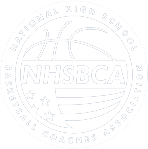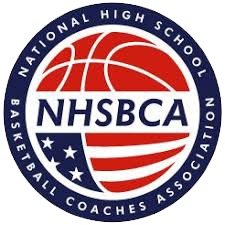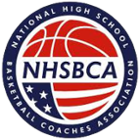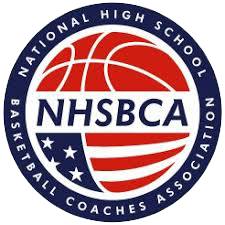I. PurposeHigh school basketball coaches are typically employed as at-will employees, capable of being dismissed by their employer without cause. The unsecure nature of the employment arrangement creates the potential for the unfair treatment of high school coaches. The following guidelines are intended to supplement employment requirements imposed by state statutes, local regulations and athletic association rules in order to establish a best practices approach to building and maintaining positive and equitable relationships between high school athletic departments and basketball coaches.
II. Hiring Process Consider the input of student-athletes and other program stakeholders throughout the hiring process.
- Consider the input of student-athletes and other program stakeholders throughout the hiring process.
- Distribute and make publicly available, as appropriate, a job posting that aligns with applicable statutory requirements and contains a detailed description of the desired qualifications and responsibilities of the coaching position.
- Take into consideration the compensation and benefits of coaches at comparative high schools as well as applicable statutes, regulations and athletic association rules when developing the compensation and benefits packages for coaching positions.
- Interview a diverse set of candidates that express interest in the coaching position and document the interview process for each candidate.
- Disclose the athletic and ancillary expectations for the coaching position, taking into account the current competitive landscape of the conference and expectations of the student-athletes outside of the sport.
- Provide a list of the training obligations and a copy of the school’s athletic coaching policy.
- Encourage the candidate to read and consider any employment documentation, including, if applicable, any contract, schedule or appointment letter, and obtain assistance and/or counsel if desired.
- Circulate an announcement introducing the newly hired coach to the school and community, and provide opportunities for the coach to become assimilated into the community.
III. Maintaining the Relationshi
- Encourage open communication between the coach and administration by establishing administrative guidelines that include a schedule of periodic formal meetings and a procedure to request informal meetings to discuss pertinent matters.
- Develop a long-term program plan soliciting and incorporating the coach’s suggestions regarding athletic, academic and ancillary matters.
- Implement ongoing evaluation of the coach and the program taking into consideration, as applicable, the views of the student-athletes, school faculty and independent examiners.
- Ensure the coach is meeting continuing educational training requirements set forth by entities including the state, the athletic league, conference, and/or the school district.
- Communicate material concerns about coach’s performance, collaborating with coach to identify areas of improvement as well as actions steps in order to achieve improvement in these areas
- Demonstrate support for the coach by promoting increased attendance and administrative participation at sporting events.
IV. Termination of the Relationship
- Determine and document the factors supporting a decision of termination (with or without cause).
- Consider the effect of a termination, including the timing (e.g., pre-season, mid-season, postseason), taking into account the principle of fairness to student-athletes and coaches. Only under rare circumstances should a coach be terminated without cause prior to the conclusion of the full season.
- Inform stakeholders in the school or athletic program of the potential for termination and consider their input prior to making a conclusive decision.
- Once the decision to terminate is made, develop a plan of termination and replacement hiring that is compliant with applicable statutory, regulatory and contractual obligations.
- Inform the coach of the decision to terminate within 14 days of making the decision and provide the coach with at least 14 days notice of the effectiveness of the termination, unless the termination is for cause and such notice would be contrary to the interest of the school and/or program.
- Disclose the reason for termination in an exit interview with the coach, specifically providing whether termination was based on failure to meet performance standards, fundamental flaws in ability to foster a positive team environment, off-court infractions unrelated to athletics, or an alternative justifiable basis.
- Provide the coach with details regarding any available appeal process or additional steps involved in the termination.
- Evaluate and discuss with the coach the possibility of resignation as an alternative to termination.
- Identify the appropriate person to meet with assistant coaches and student-athletes to discuss the termination of the coach’s employment and the plan for hiring a new coach.
- Circulate a considerate public statement regarding the termination or resignation.
These guidelines were prepared for the National High School Basketball Coaches Associations by Ropes & Gray LLP, the legal counsel to the National Association of Basketball Coaches.






